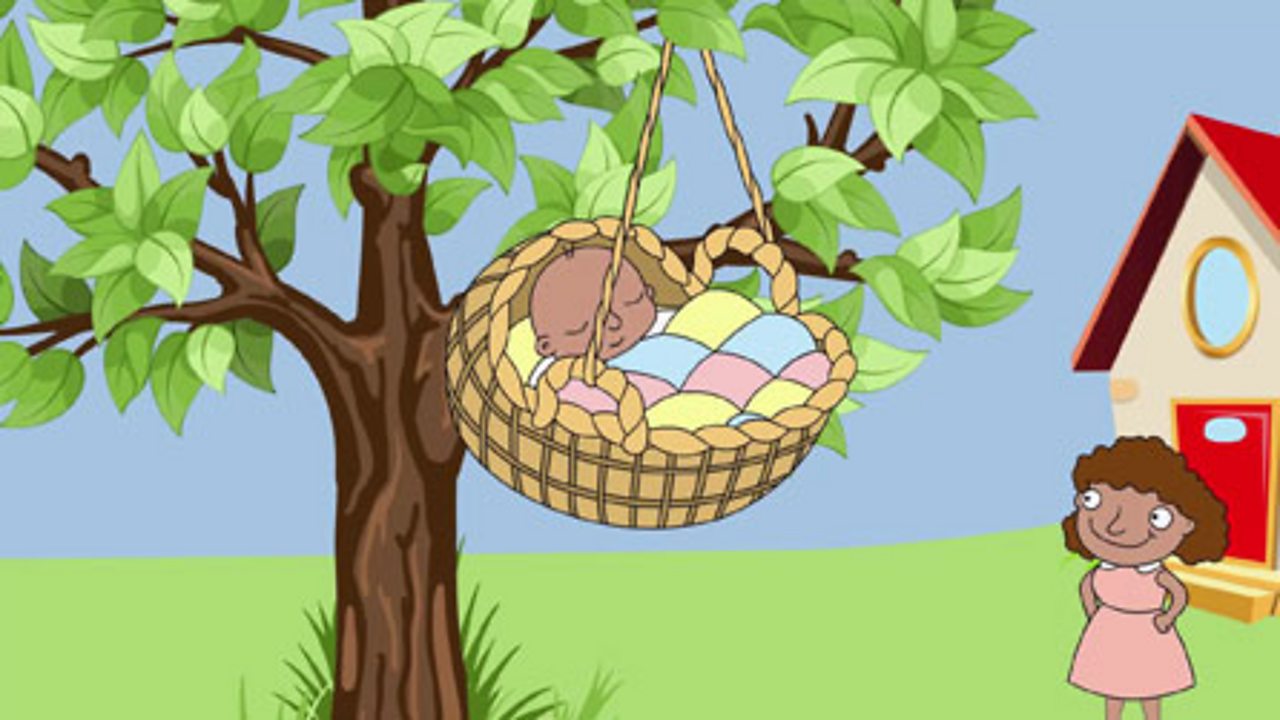
Rock-a-Bye Baby: A Lullaby’s Enduring Journey
Introduction
"Rock-a-bye Baby," a timeless lullaby that has cradled generations of infants, holds a profound place in the tapestry of human culture. Its soothing melody and enigmatic lyrics have captivated hearts and minds for centuries, leaving an enduring legacy that continues to resonate today. This article delves into the rich history, cultural significance, and enduring appeal of this beloved lullaby.
Origins and Evolution
The origins of "Rock-a-bye Baby" are shrouded in mystery, with various theories attempting to trace its roots. Some scholars believe it originated in England during the 17th century, while others suggest a Scottish or French provenance. The earliest known printed version appeared in "Mother Goose’s Melody" in 1765, but it is likely that the song existed in oral tradition long before that.
Over the centuries, "Rock-a-bye Baby" has undergone numerous adaptations and variations. The lyrics have been modified, new verses added, and the melody has been arranged in different styles. Despite these changes, the core elements of the song have remained remarkably consistent, ensuring its enduring popularity.
Cultural Significance
"Rock-a-bye Baby" has become an integral part of many cultures around the world. It is sung to comfort and soothe infants, and its lyrics have been interpreted in various ways. Some see it as a simple lullaby, while others perceive deeper meanings and symbolism.
In some cultures, the song is associated with the changing seasons and the cycle of life. The "treetop" in the lyrics represents the height of summer, while the "cradle" symbolizes the womb or the transition from childhood to adulthood. The "wind" and "rain" may represent the challenges and hardships that life brings.
Enduring Appeal
The enduring appeal of "Rock-a-bye Baby" lies in its simplicity, its soothing melody, and its timeless message. The song’s gentle rhythm and repetitive lyrics create a sense of calm and security, making it an ideal lullaby for infants.
The lyrics, while seemingly simple, evoke a sense of wonder and imagination. The image of a baby sleeping peacefully in a treetop, protected from the elements, is both comforting and enchanting. The song’s message of love, care, and protection resonates with parents and caregivers alike.
Musical Adaptations
"Rock-a-bye Baby" has been adapted into numerous musical genres, from classical to jazz to rock. Notable interpretations include:
- Classical: Johannes Brahms incorporated the melody into his "Wiegenlied" (Lullaby) for piano.
- Jazz: Ella Fitzgerald and Louis Armstrong recorded a swinging version of the song in 1956.
- Rock: The band Nirvana included a haunting rendition of "Rock-a-bye Baby" on their album "MTV Unplugged in New York" (1994).
Literary and Artistic References
"Rock-a-bye Baby" has also found its way into literature and art. It is referenced in works by authors such as William Shakespeare, Charles Dickens, and Edgar Allan Poe. In visual art, the song has inspired paintings, sculptures, and other creative expressions.
Modern Interpretations
In recent years, "Rock-a-bye Baby" has been reinterpreted by contemporary artists and musicians. Some have explored the song’s darker undertones, while others have given it a more modern twist.
- Experimental: The band Xiu Xiu released an unsettling version of the song on their album "A Promise" (2005).
- Electronic: The electronic music duo Matmos created an ambient interpretation of the song for their album "The Marriage of True Minds" (2001).
- Hip-Hop: The rapper Kendrick Lamar sampled the song’s melody in his track "Sing About Me, I’m Dying of Thirst" (2012).
Conclusion
"Rock-a-bye Baby" has stood the test of time as a beloved lullaby and a cultural touchstone. Its simple yet evocative lyrics, soothing melody, and enduring message have resonated with generations of parents and children. Through its countless adaptations and interpretations, the song continues to inspire and enchant, ensuring its place in the hearts and minds of people around the world.
As we sing "Rock-a-bye Baby" to our own children, we become part of a timeless tradition that connects us to our ancestors and to the generations that will come after us. This lullaby is not merely a song; it is a testament to the enduring power of love, care, and the human spirit.
